The Hundred Years’ War was a series of conflicts between England and France that lasted from 1337 to 1453.
It was a time of great change and upheaval in Europe, with both nations fighting for control of territory and resources.
The war had far-reaching consequences for both nations, shaping their political, economic, and social landscapes for generations to come.
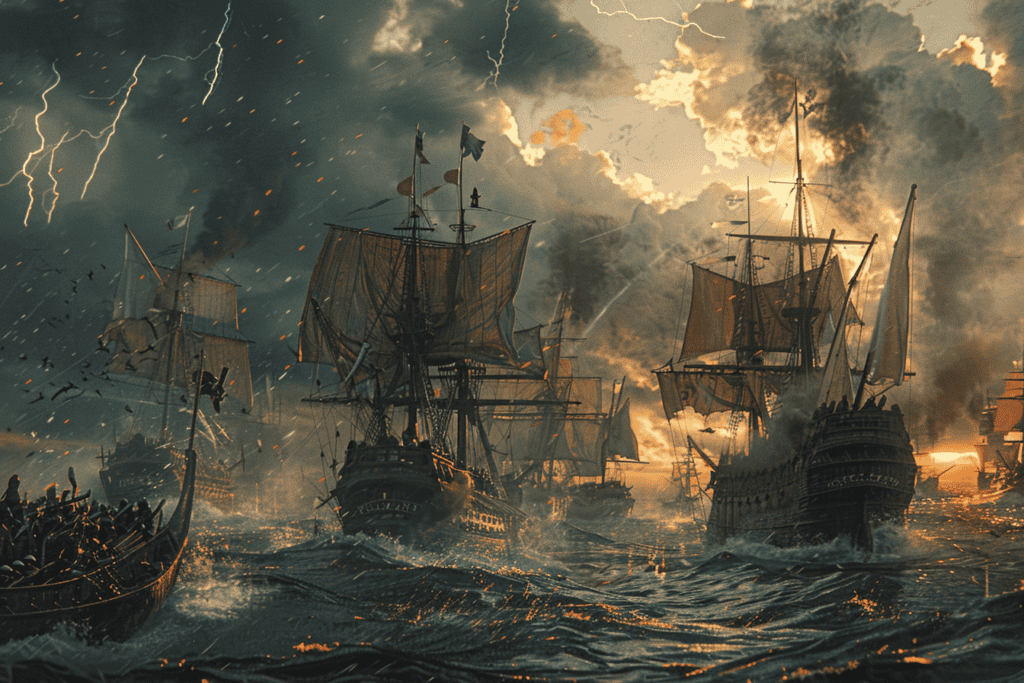
At its core, the Hundred Years’ War was a struggle for power and influence between two of the most powerful nations in Europe.
It was a time of great innovation and change, with new weapons and tactics being developed to gain an advantage on the battlefield.
The war also had a profound impact on the economies of both nations, with England suffering greatly as a result of the conflict.
Despite its name, the Hundred Years’ War was not a continuous conflict, but rather a series of battles and skirmishes that occurred over the course of a century.
It was a time of great uncertainty and upheaval, with both nations struggling to maintain their power and influence in the face of shifting political and economic landscapes.
Origins and Causes of the War – Succession and Claims to the French Throne
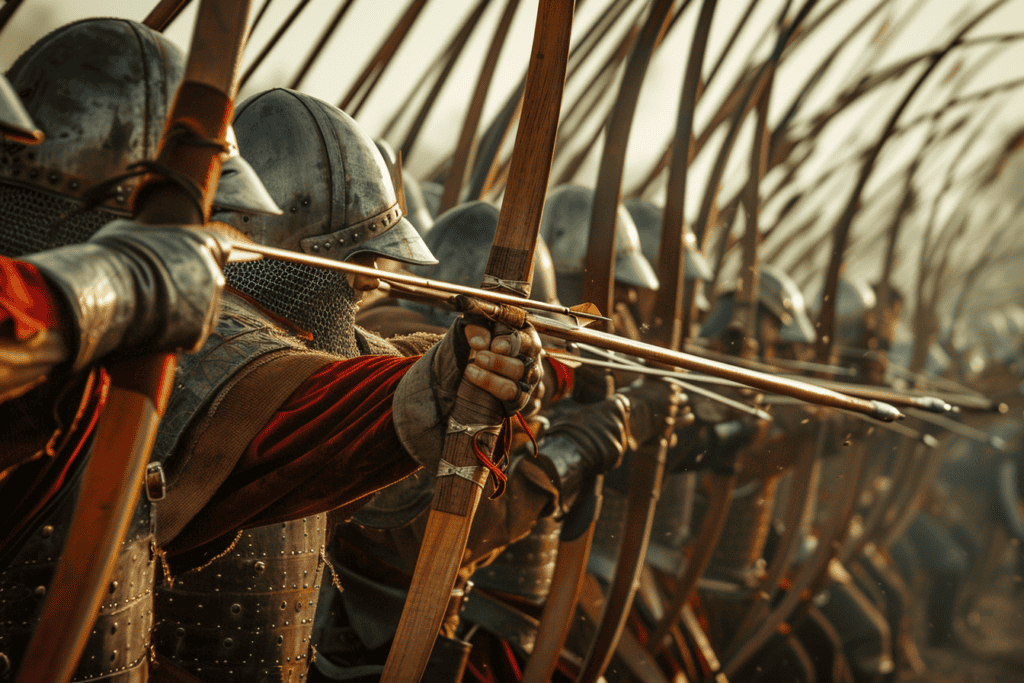
The origins of the Hundred Years’ War can be traced back to the death of Charles IV, the last Capetian king of France, in 1328.
Charles IV died without a male heir, and the French crown passed to his cousin, Philip VI of Valois. However, Edward III of England, who was Charles IV’s nephew through his mother’s side, challenged Philip VI’s claim to the throne.
Edward III argued that he had a better claim to the French crown, and he pressed this claim by winning great victories at the battles of Crecy and Poitiers.
Political Tensions and Alliances
The succession crisis was compounded by political tensions and alliances between England and France. England had long-standing territorial claims in France, particularly in Normandy, Gascony, and Aquitaine.
These claims had been recognized by previous French kings, but Philip VI refused to honor them. This led to a series of conflicts between England and France, which were exacerbated by alliances with other European powers.
One of the key alliances was between England and Flanders, a wealthy and powerful region in northern Europe. Flanders was a major center of the wool trade, and England relied heavily on Flemish wool to support its economy.
However, Flanders was also a vassal of the French king, and this put it at odds with England. The conflict between England and Flanders spilled over into the Hundred Years’ War, with both sides seeking to gain control of the region.
Key Figures and Battles
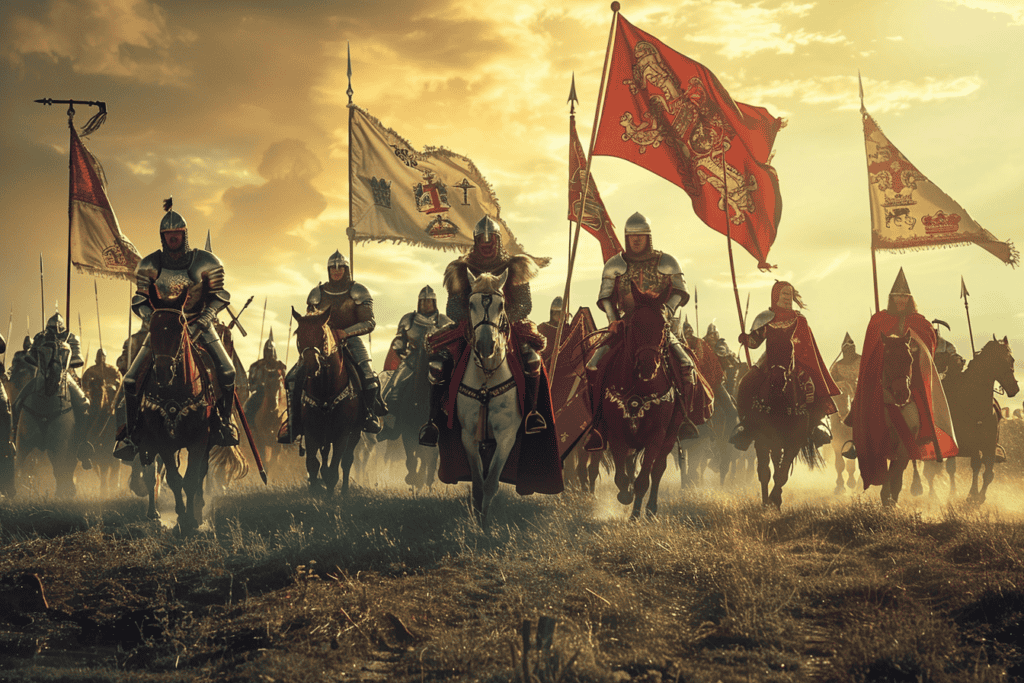
The Hundred Years’ War was a long and complex conflict that involved many key figures on both sides.
Some of the most prominent monarchs and military leaders include Edward II, the Black Prince, Henry V, Charles V, Charles VI, Charles VII, Philip V, John II, John I, and Bertrand du Guesclin. Each of these individuals played a significant role in shaping the outcome of the war.
Edward II, also known as Edward of Caernarfon, was the King of England from 1307 to 1327.
He was one of the early leaders of the Hundred Years’ War, and his campaigns in France were marked by a series of victories and defeats. His son, Edward the Black Prince, was also a prominent military leader who fought in many of the key battles of the war.
Henry V was another important English monarch who played a major role in the conflict.
He is perhaps best known for his victory at the Battle of Agincourt in 1415, which was one of the most significant battles of the war. Charles V, Charles VI, and Charles VII were all kings of France who played important roles in the conflict, as were Philip V, John II, and John I.
Bertrand du Guesclin was a French knight who fought for the French side in the Hundred Years’ War. He is considered one of the most skilled military commanders of the conflict, and his victories helped to turn the tide of the war in favor of the French.
Decisive Battles and Sieges
The Hundred Years’ War was marked by a series of decisive battles and sieges that helped to shape the outcome of the conflict. Some of the most significant battles include the Battle of Crécy, the Siege of Orléans, the Battle of Agincourt, the Battle of Poitiers, and the Battle of Castillon.
The Battle of Crécy, fought in 1346, was one of the earliest and most significant battles of the war. It was a decisive English victory, and it helped to establish the superiority of the English longbow over the French crossbow.
The Siege of Orléans, which took place in 1428 and 1429, was a turning point in the war. The French army, led by Joan of Arc, was able to break the English siege of the city, which helped to boost French morale and turn the tide of the war in favor of the French.
The Battle of Agincourt, fought in 1415, was one of the most significant English victories of the war. It was a decisive battle that saw the English army, led by Henry V, defeat a much larger French force.
The Battle of Poitiers, fought in 1356, was another significant English victory. It saw the English army, led by Edward the Black Prince, defeat a much larger French force and capture the French king, John II.
The Battle of Castillon, fought in 1453, was the last battle of the Hundred Years’ War. It was a decisive French victory that saw the French army, led by Charles VII, defeat the English and end the conflict.
Social and Economic Impact
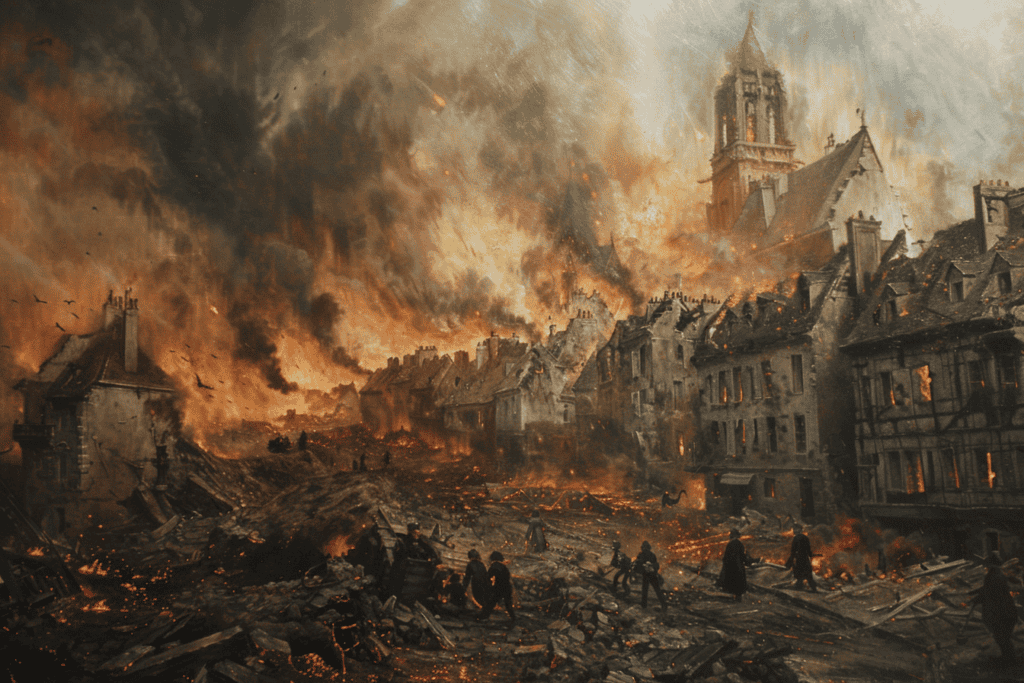
The Hundred Years’ War had a significant impact on the social and economic landscape of both England and France.
The war created a great deal of devastation and destruction, which affected both the peasants and the nobility. Many of the peasants lost their homes, their crops, and their livestock, which led to widespread poverty and famine.
The nobility also suffered greatly, as many of their estates were destroyed, and their sources of income were disrupted.
In addition to the physical destruction caused by the war, there were also significant social repercussions. The war led to a breakdown in law and order, which led to an increase in crime and banditry.
There were also numerous rebellions and uprisings, particularly in France, as the peasants and lower classes sought to take advantage of the chaos and instability.
Trade, Taxation, and the Wool Industry
The Hundred Years’ War also had a significant impact on trade, taxation, and the wool industry. The war disrupted trade routes and led to a decline in international trade, which had a negative impact on the economies of both England and France.
The war also led to an increase in taxation, as both sides sought to finance their military campaigns.
The wool industry was particularly affected by the war, as the Low Countries, which were a major market for English wool, were frequently under attack.
This led to a decline in the wool trade, which had a significant impact on the English economy. The war also led to the destruction of many wool-producing areas in France, which further disrupted the industry.
Technological and Military Innovations – The Role of Longbows and Artillery
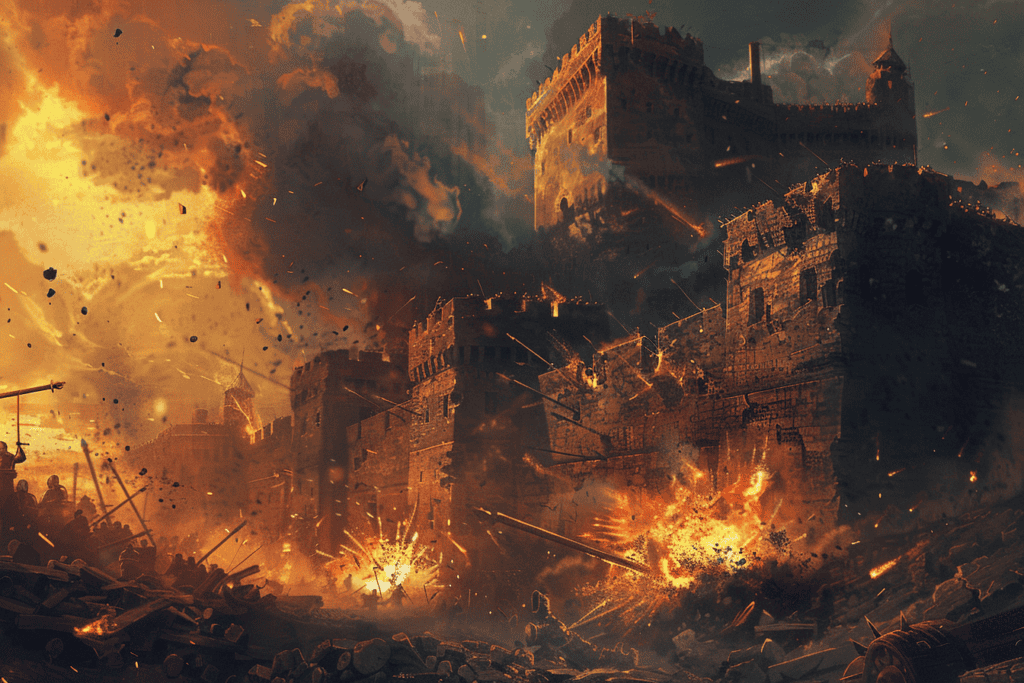
The Hundred Years’ War (1337-1453) saw significant technological and military innovations that changed the course of warfare in Europe. Two key innovations were the longbow and artillery.
The English longbow was a powerful weapon that could pierce armor from a distance. It was made from a type of wood called yew, which was known for its strength and flexibility.
The longbow was used by English archers, who were highly skilled and trained to shoot accurately over long distances.
The use of the longbow was a game-changer in medieval warfare, as it allowed the English to defeat heavily armored knights and mounted cavalry.
Another significant innovation was the use of artillery. Prior to the Hundred Years’ War, artillery was not widely used in European warfare.
However, during the war, both the English and French began to use cannons and other types of artillery. Artillery was particularly effective in sieges, as it could be used to breach castle walls and destroy fortifications.
The introduction of these new technologies led to changes in military tactics and strategy.
The English, for example, began to rely less on heavy cavalry and more on archers and a standing army.
The French, on the other hand, continued to rely heavily on their medieval knights and heavy cavalry, which proved to be less effective against the English longbow and artillery.
Overall, the technological and military innovations of the Hundred Years’ War had a significant impact on the course of European history. They paved the way for the development of new weapons and tactics that would be used in future conflicts.



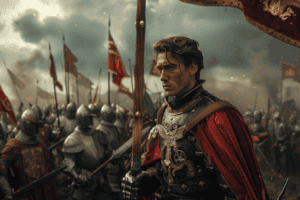






Add Comment